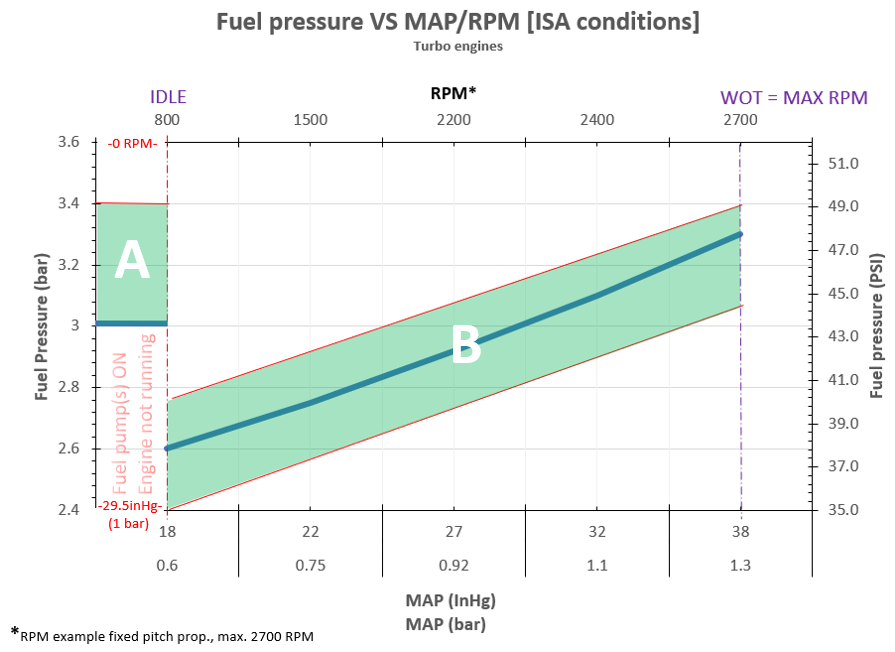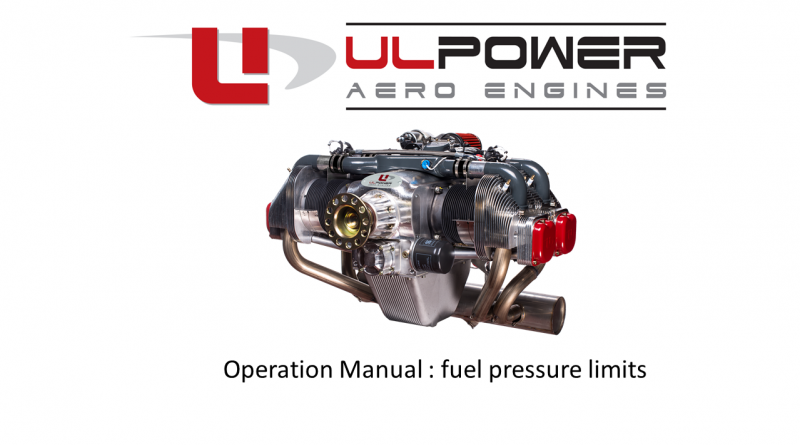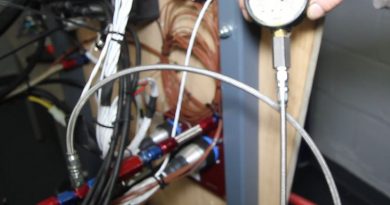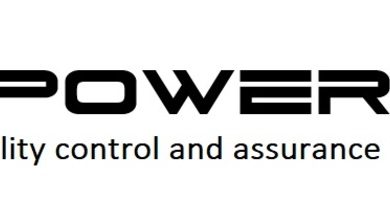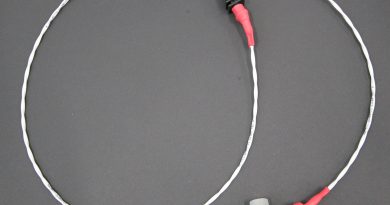Fuel pressure limits on your ULPower engine
ULPower’s latest Operation manual includes lots of interesting nuggets – and is well worth taking the time to read.
Here we are going to look at the details related to Fuel Pressure. As we take a look at the updated operation manual, we see that operational fuel pressure limits range from 2.4bar (35psi) to 3.8 Bar(55psi).
That seems pretty simple to monitor, however there are a few rules that you need to keep in mind. First, let’s take a look at how the fuel pressure is regulated on a ULPower engine.

In technical terms…
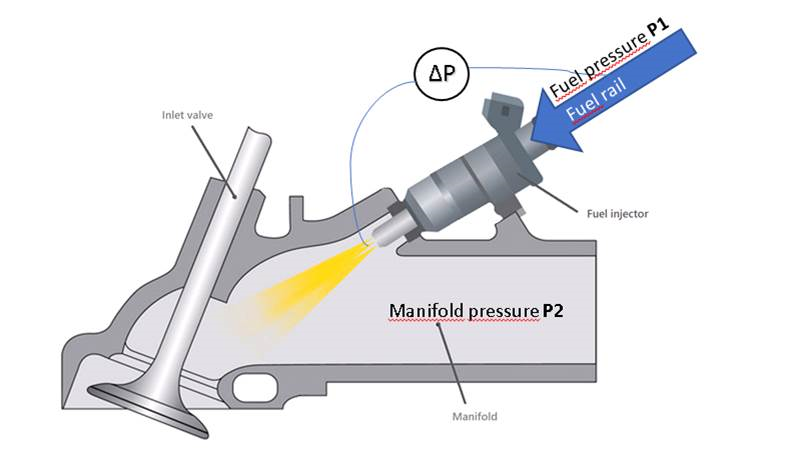
The injectors are being activated by the ECU for a specific time. However, it is important that the injected mass of fuel during a specific time is always the same. In order for the mass to be released precisely, the pressure difference (delta P /∆P ) over the nose of the injector must be constant. For ULP engines ∆P = 3 bar (43,5psi). This is where the integrated fuel pressure regulator plays its part. The fuel pressure P1 needs to be regulated depending on the manifold pressure (MAP)
Since the pressure inside the manifold will vary depending on the flight conditions (throttle position), the fuel pressure that is shown on your EFIS or other instrumentation, will also fluctuate. In graph below (graph 1) you can see that it is important to have a stable indicated fuel pressure (P1) between 3 and 3.4 bar (43.5 and 49 psi) BEFORE starting the engine (ECU on/fuel pumps on)
So why does the fuel pressure vary when the engine is running ?
When the engine is not running, the air pressure in the admission manifold is about the same as ambient air pressure (1 bar (14,5psi ) under ISA conditions) . Therefore the fuel pressure sensor which is located on the fuel rail should indicate a value of approximately 3 bar (always check fuel pressure is correct before starting the engine!).
However, if your ambient pressure deviates from 1 bar , for instance if it is a really low pressure day, or you are at an alti-port, you may see a slightly lower than expected ‘non-engine running’ reading.
Once the engine starts to run, there is a reduction in pressure in the admission manifold due to the opening and closing of the inlet valves and the sucking of air in through the air filter, coupled with the position of the butterfly in the throttle body. These factors are dynamic, and the admission manifold pressure will vary as the engine warms up and throttle settings are changed.
What should I expect to see at what RPM?
It is important to understand that even though the values displayed on your EFIS are in the green range, you must keep in mind that the fuel pressure will vary along with the throttle position. It is very important that you need a stable fuel pressure of 3 bar BEFORE you start the engine. On a naturally aspirated engine…. at idle the expected ‘ideal’ indicated pressure is 2.6 bar (35psi) and at WOT the expected ‘ideal’ indicated fuel pressure is 3 bar (43.5 PSI ). The green area in the tables above indicate the acceptable deviation from the ‘ideal’ fuel pressure (blue line). If you’re flying at WOT and you only have 2,6 bar (35psi) than you need to check your fuel supply system.
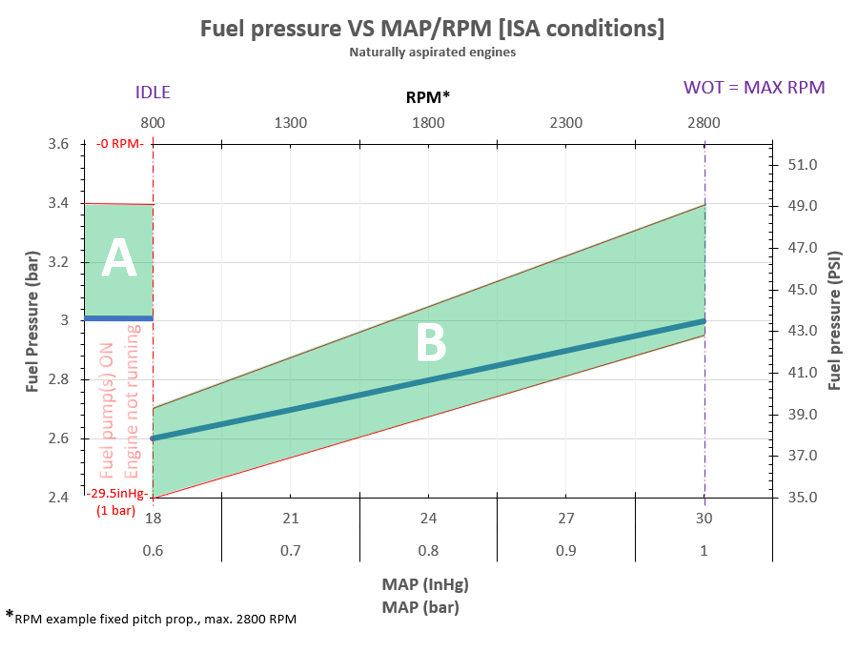
(Blue line = ideal fuel pressure Green area = acceptable deviation from ideal pressure on your instrumentation )
If you look at the turbo graph, the values are slightly different – this is due to the ‘boost’ that the turbo engines have which result in higher admission manifold pressure.
